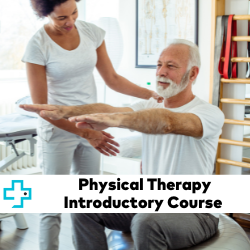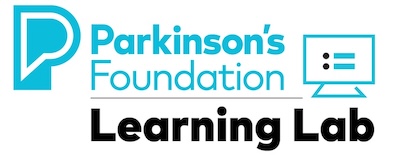Physical Therapy Introductory Course
 The content of this five-hour introductory course was taken from our comprehensive Physical Therapy Course.
The content of this five-hour introductory course was taken from our comprehensive Physical Therapy Course.
This course delivers practical, evidence-based knowledge on effectively assessing and treating individuals with Parkinson's disease. Designed by expert physical therapists, clinicians, researchers, and educators in the Parkinson's space, this course uses video lectures and interactive learning to convey relevant information to health professionals who may not see many people with Parkinson’s but would like to understand the most important aspects of delivering comprehensive Parkinson's care.
*This course does NOT offer CEUs*
Syllabus | |
Motor and Non-Motor Features Exercise and Neuroplasticity in Parkinson’s Disease The Role of Physical Therapy in Team Based Care Secondary Prevention Model Evidence Based Assessment: Recommended Outcome Measures Aerobic Exercise: Does Intensity Matter? And Is It Enough? Targeting Muscle Force Production to Improve Movement and Function in Parkinson Disease | |
Target Audience
This activity is designed to meet the educational needs of:
- Physical Therapists
- Occupational Therapists
- Physical Therapist Assistants
- Occupational Therapist Assistants
- Athletic Trainers
Learning Objectives
At the end of this course, the learner will be able to:
- Identify the cardinal features of Parkinson's and common motor and non-motor symptoms.
- Describe the elements and goals of a secondary prevention approach as a model of care in the treatment of persons with Parkinson's.
- Apply the core set of outcome measures recommended by the Academy of Neurologic Physical Therapy EDGE (Evidence Database to Guide Effectiveness) Task Force in the care of persons with Parkinson's disease.
- Discuss the evidence related to intensity of exercise in persons with early and mid-stage PD.
- Design a resistance training program to improve functional mobility in persons with Parkinson's disease.

 Facebook
Facebook X
X LinkedIn
LinkedIn Forward
Forward